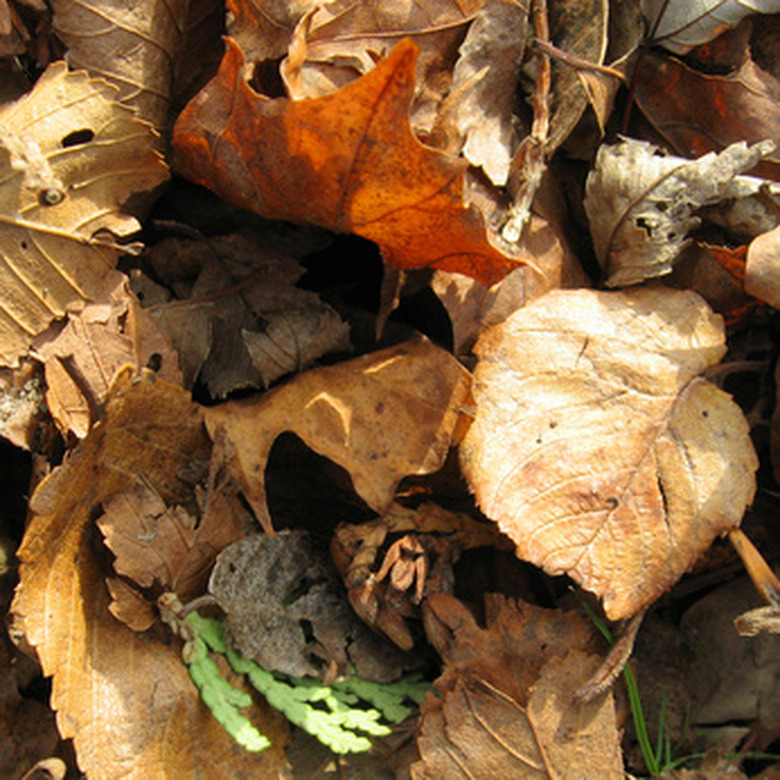How Does A Biostack Composter Work?
The Biostack way of composting is described as a "hot pile method." Solar heat and decomposition of organic matter heat up the pile; active decomposition accelerates when the pile reaches 120 to 150 degrees F. Additional heat is generated by re-stacking the pile weekly, as the bin instructions recommend. Compost enthusiasts appreciate this method because it creates finished compost within two to three months.
The Biostack way of composting is described as a "hot pile method." Solar heat and decomposition of organic matter heat up the pile; active decomposition accelerates when the pile reaches 120 to 150 degrees F. Additional heat is generated by re-stacking the pile weekly, as the bin instructions recommend. Compost enthusiasts appreciate this method because it creates finished compost within two to three months.
Description
The Biostack compost bin has a 13-cubic-foot capacity and is made of 60-percent recycled plastic. It consists of three stackable square frame-like pieces that lock together at the corners. Users disassemble the tiers one at a time to create a stackable cube. The tight-fitting lid is removable. There are slits in each stacking tier that allow air and water into the bin.
- The Biostack way of composting is described as a "hot pile method."
- There are slits in each stacking tier that allow air and water into the bin.
Features
The Biostack is constructed of double-walled heavy black plastic that retains solar heat. Materials inside the bin decay faster because of the additional heat. The 28-inch-square lid is hinged in the middle so one half of it can be opened at a time, or the entire lid can be removed.Shoveling large amounts of plant materials into the Biostack bin is easy because of the wide opening.
Advantages
Instructions recommend a new compost pile be created weekly by re-stacking the tiers next to the old pile.The top tier is lifted off the old pile and placed on the ground next to it and filled. The compost is aerated as it is moved, which increases the decomposition time. The remaining two tiers are then re-stacked and the compost lifted into the new pile. Each layer of compost is watered as it is moved. The frequent aeration and increased speed of decay are advantages of the Biostack method.
- The Biostack is constructed of double-walled heavy black plastic that retains solar heat.
- The frequent aeration and increased speed of decay are advantages of the Biostack method.
Disadvantages
The Biostack method is not for everyone, because it is more labor-intensive than other compost bins. Moist, decaying compost can be heavy to lift with a pitchfork or shovel. Some users have reported that the tight-fitting lid does not allow moisture to seep in, so it requires hand-watering. It also requires enough space to create a new stackable tier each time the pile is turned.
Availability
The Biostack composter is no longer manufactured, making it something of a collectible in the world of composting. Its design is patented, so there are no imitations. Other composting bins include the tumbler design, which allows materials to aerate when the bin turns, and the hatch design, with a door at ground level to allow easy harvesting.Compost bins can also be made with a simple circle of chicken wire fastened together.
- The Biostack method is not for everyone, because it is more labor-intensive than other compost bins.
- Other composting bins include the tumbler design, which allows materials to aerate when the bin turns, and the hatch design, with a door at ground level to allow easy harvesting.
